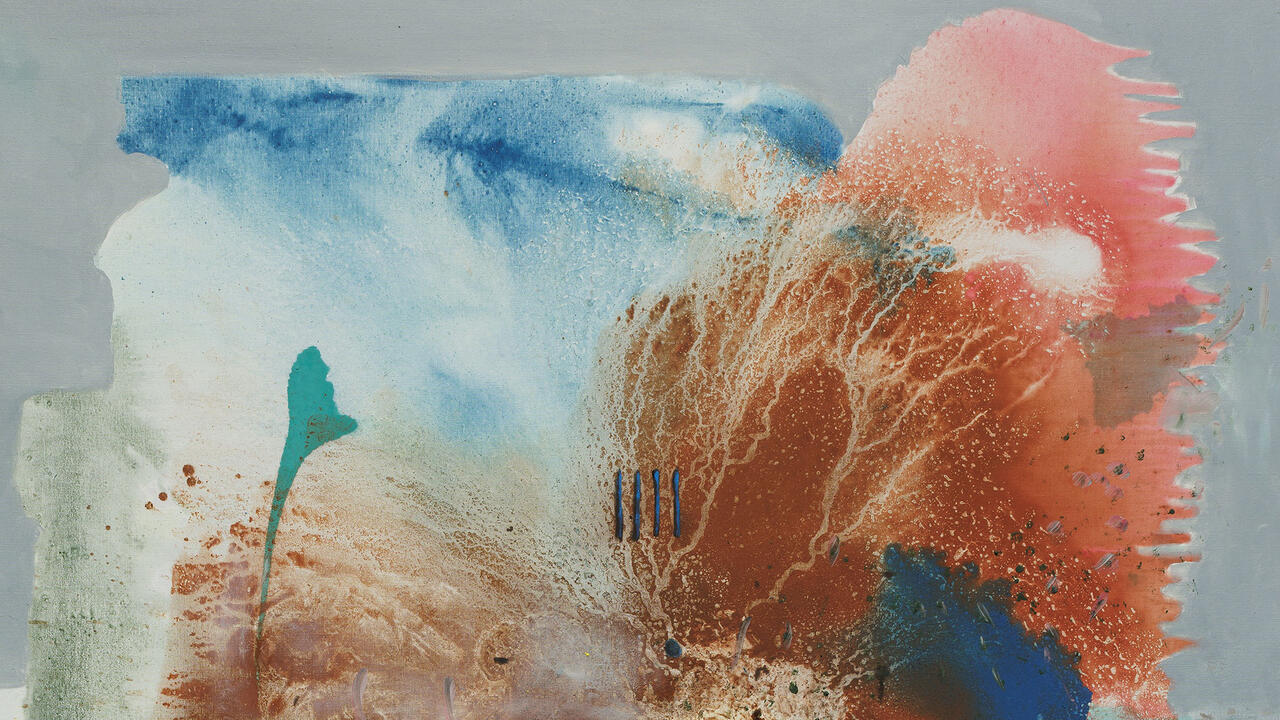Pieter de Hooch
Although life in de Hooch's paintings seems to be uneventful, the people who dwell in their enigmatic spaces are not peaceful. An undercurrent of dislocation tugs at their ordered worlds: sunlit courtyards dissolve into cool shadows, bright rooms disappear into dim corridors, while the elaborately chequered floors intimate that the inhabitants who move so softly across their polished surfaces are unwitting pawns in an elaborate, mysterious game. Their bodies may have been painstakingly rendered, but their states of mind idle, drifting or dreaming are not so easily pinned down. Like players in a house built by a more anxious Vermeer, they are sheltered and overwhelmed by the painter's recreation of their physically intense environments. This is naturalism at its most heightened and most strange.
The early paintings, made in Delft in the 1650s when de Hooch was in his 20s, are suffused with fractured light and an almost trembling sensitivity. Scumbled and smoothed to evoke every imaginable material from the gleam of rich gold cloth, to exquisitely patterned wallpaper or the delicate blush of a girl's cheek de Hooch's manipulation of paint reveals him to be a great technician. He allows the familiar characters of Dutch genre painting the drinker, the mother, the game-player and musician to transcend the limitations of their typecasting and become complex, contemplative individuals.
In Tric-Trac Players (1652-55) a man standing with his back to the viewer holds out his hand to his two companions, who appear to ignore him. The edge of his coat evaporates into the air. Gleaming buttons and the red tops of his boots create tiny areas of animation in a predominantly brown composition. A woman opposite him, wearing a shimmering white veil, holds her wine glass, looks away and smiles. A young man next to her gazes into the distance, transfixed by something unstated. The subject of the picture dissolute, wasted, lives was often employed by Dutch 17th century artists to lecture a God-fearing public about the evils of gambling. In this picture the game pales into insignificance alongside this subtle human drama. De Hooch's interpretation of the scene is ambiguous with its slightly misty atmosphere and lack of a highly polished finish, it's reminiscent of Venetian works of the same period.
These paintings describe moments of commonplace introspection: a mother strokes a child's head, but her gesture suggests she is distracted; a man with a slipped sock raises his glass in a melancholy toast, while his two stolid companions sit beside him like bouncers at an unfriendly bar. A man places his hand on a young girl's breast, but she stirs her drink, transfixed by a violin. Everyone is surrounded by patterns or blocks of muted colour on the walls, the floors, the tapestries or the weave of their clothes. Their separation from each other is made all the more evident by their immersion in such visual cacophony.
In Two Soldiers and a Serving Woman with Trumpeter (1650-55), solid things ceiling beams, a horse, the floor are casually, almost carelessly painted, while ephemera the wine, the glass, the gleam of a trumpet and a sword, the light which staggers through the doorway and collapses onto a lace sleeve are rendered with a tough, jewel-like clarity. Extravagant attention is paid to dust and sunlight, how it hovers in the air or drifts across wood and old walls.
The later paintings are less obviously tender, but more intensely metaphysical. Many of them portray letters being delivered, read or written, which allowed de Hooch to extend his repertory of self-absorption. Some of these paintings emanate the paradoxical playfulness of the late Rococo reminiscent of the way, for example, Watteau's figures turn away as they invite us into their world. In A Music Party in a Hall (1663-65) a lavishly dressed couple create, with their wine, cello and drawing book, a strange counterpoint to the more soberly dressed men and women who lurk in doorways and window seats, their faces forever obscured. The space in this painting is, as in many of these late works, remarkably deep. The tiled floors and countless doorways and windows, become powerful indicators of inwardness.
This is de Hooch's first solo show. He died in an asylum in 1684. He painted the way people interact when they're overwhelmed by rooms, skies or expectation, or the weight of their own thinking. He dangles unresolved narratives in front of us like broken strings of pearls. What happened to the girl? Who was the man smiling at? Despite their intensely formal qualities and their often conventional subject matter, these paintings are wide open and infinitely moving.















